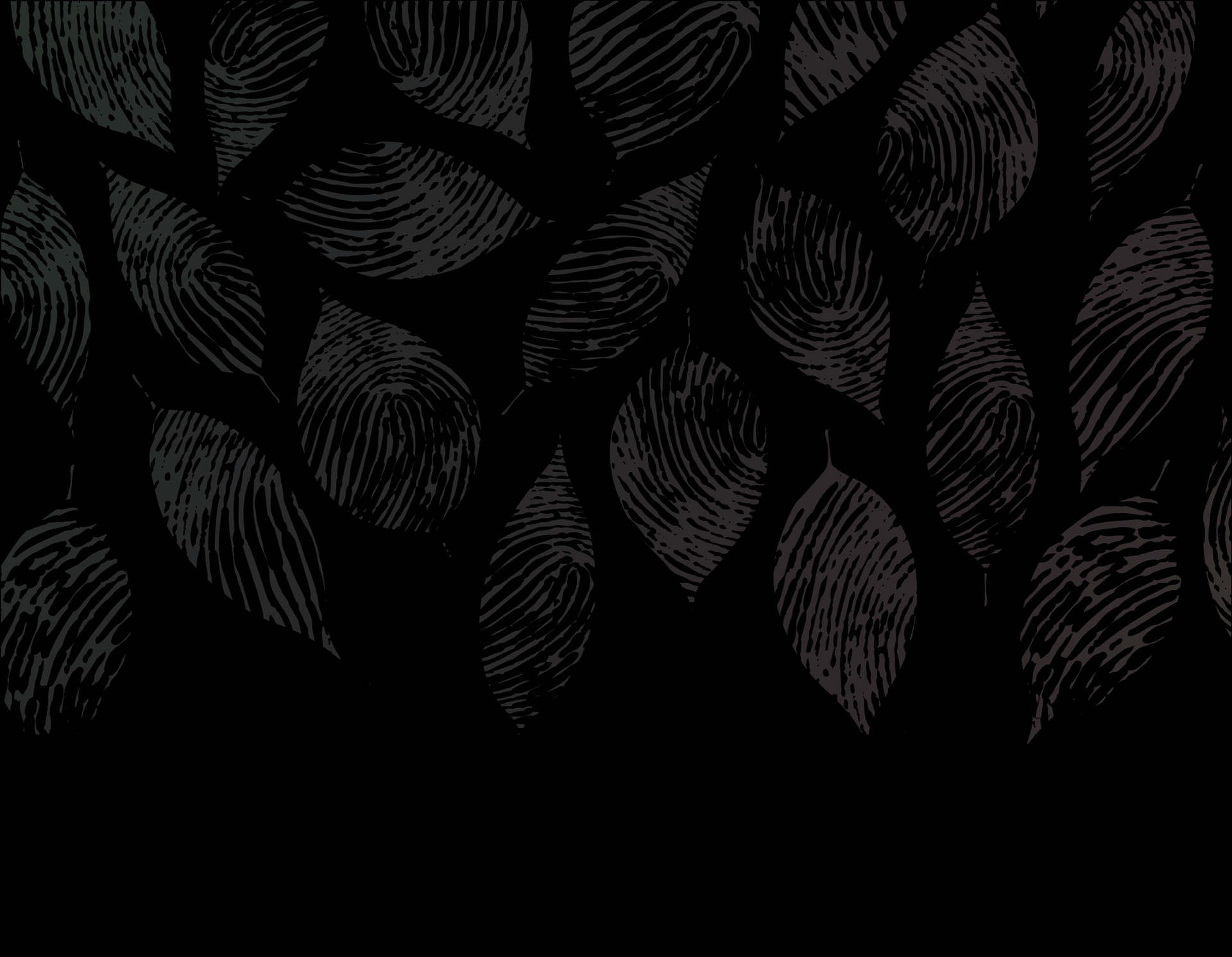Ideas
Idea #15: Exploring Identity Development
Learning Intention
“The point of [these activities] was to bring our many identities, our perceptions of our identities, and the way others perceive our identities to the forefront of critical discussion. Not only was this a great way to get to know each other better, but it was a great way to practice vulnerability and empathy. It was a great way to let ourselves 'be seen,' meanwhile taking a close and non-judgmental look at ourselves and our peers. The diversity in the room was humbling, diversity that I was unable to see just hours before." 2
Overview1
"Social identities such as race, gender, sexuality, and class are constructed and reinforced by socio-cultural interactions and context. [These activities] prompt students to reflectively engage with aspects of their own identities and identities they learned about but don't share."6
Options and Reflection1
- Identity Development Timeline: Have students choose one or more elements of social identity and create a timeline highlighting key events or messages that help shape their sense of self. Elements might include gender, race/ethnicity, age, socio-economic class, spirituality, sexual orientation, physical ability, or national origin. Students should reflect on the messages they heard about that identity, where those messages came from, when they happened, and what concrete behaviors those messages encouraged or discouraged. The Mapping Social Identity6 exercise has some additional guidelines, or you could use the Identity Timeline Worksheet5 to guide students in mapping their identity development.
- Social Identity Wheel: Help students recognize the concept of intersectionality by completing an identity wheel that represents their various identities. Encourage them to reflect on which parts of their identity give them privilege and which make them a target, as well as which parts are more essential and which are less important.1,2
- Pronoun Introductions: "Because gender is so deeply woven into our upbringing and socialization, it is one of the most internally difficult aspects of our worldview to challenge. And because gendering (the social assignment or designation of a person's gender, usually on the basis of perceived sex) is often a key aspect of our interactions—from the use of pronouns to the social scripts we've internalized—the way we think about gender is constantly on display through our words and actions."3 One suggestion for avoiding misgendering people in class is to ask them to include their preferred pronouns when they introduce themselves. This practice can be controversial, though, as it may force students to come out about their gender on the first day of class or it could be uncomfortable for students who are exploring their gender identity.7
- Genderbread: This model was developed to introduce students to, and help them distinguish between, concepts of gender identity, gender expression, biological sex, and romantic and sexual attraction. You can use the handout as part of a lecture or pair it with the article or the book A Guide to Gender: The Social Justice Advocate’s Handbook.4 You could even make it part of a reflective assignment or discussion activity. Students could chart their own continua, or use examples from films or novels to explore the continua.
References
- Dominant group power circle image. Available: https://i.pinimg.com/originals/95/01/4d/95014d45e93d815370faa050da866872.jpg
- Emerich, P. (2014, July 30). Invisible identities: Letting yourself be seen, Inspired: Making Learning Personal by Humanizing the Classroom blog. Available: https://paulemerich.com/2014/07/30/invisible-identities-letting-yourself-be-seen/
- Gender diversity and pronouns. (2017). Inclusive teaching site from University of Michigan College of Literature, Science and the Arts. Available: https://sites.lsa.umich.edu/inclusive-teaching/2017/08/29/gender-diversity-and-pronouns/
- Kellerman, S. (2011). Breaking through the binary: Gender explained using continuums. Adapted chapter in Kellerman, S. (2013). A Guide to Gender: The Social Justice Advocate’s Handbook. Austin, TX: Impetus Books.
- Macy, J.A. (2014). Social Welfare Practice I, Canvas course page for University of Washington School of Social Work. Available: https://canvas.uw.edu/courses/919517/
- Mapping social identity timeline activity. (2017). Inclusive teaching site from University of Michigan College of Literature, Science and the Arts. Available: https://sites.lsa.umich.edu/inclusive-teaching/2017/08/24/mapping-social-identity-timeline-activity/
- Pronoun Introductions in Class (n.d.) Resources site from Smith College School for Social Work. Available: https://www.smith.edu/ssw/student-life/resources-and-support-students/trans-gender-nonconforming-resources/pronoun
